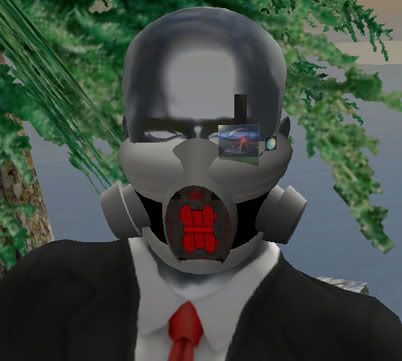Another meteor shower. This is usually a strong one (anywhere from 10-60 per hour at maximum periods), but is best in northern latitudes and highly dependent on the weather due to its short maximum burst period and comparatively faint meteors. Most active the mornings of January 3rd and 4th, Northern Hemisphere viewers can expect to see activity after 11pm and low on the horizon.
Look here for more information and a map of the radiant in the Northeast where the constellations Hercules, Bootes and Draco meet (the namesake constellation, Quadrans Muralis, is now obsolete).
1.03.2008
Subscribe to:
Post Comments (Atom)

No comments:
Post a Comment